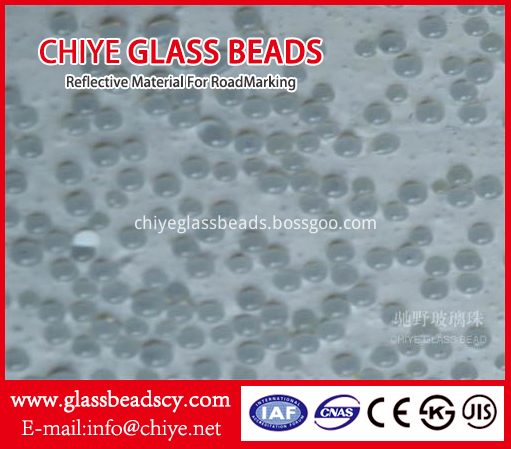Cause and maintenance of conveyor belt tear
1. The belt tear caused by impurities in the conveying material. The impurities in the transported materials are mainly due to poor coal quality in the coal ports. The large coals and various impurities in the raw coal, such as iron and wooden rods, cause approximately 70-80% of the tear, thus ensuring the source of coal. Quality is the key to tear protection.
2. Belt tear caused by improper installation of belt conveyor auxiliary equipment. Many auxiliary devices for belt conveyors, such as drop of lining plate, sharp iron trapped by the iron remover, improper installation of the cleaner, etc., may cause tearing and scraping of the conveyor belt. The conventional conveyor belt has no transverse protection structure and cannot be torn.
3. The structure of the belt conveyor is not perfect and the belt tear is caused. Because the structure of the belt conveyor is not perfect, the drop point of the conveyor belt is large, the relative velocity of the impurities in the coal flow is large, the impact force is large, and the sharp, hard extra long impurities are easily inserted into the conveyor belt at the blanking point, resulting in The conveyor belt tears.
4. The conveyor belt tears due to blocking material. The transfer chute is small, easily obstructing the material and impurities by causing the conveyor belt to tear.
5, the deviation of the conveyor belt causes edge tearing.
6, return with coal and so on.
In addition, the aging of the joints of the conveyor belt causes the core layer of the conveyor belt to enter into water, causing the steel rope to rust and pull out, which can also cause tearing.
Product Categories
1, according to the use of conveyor belt can be divided into:
Anti-oil, anti-skid, climbing, anti-acid transfer, anti-heat, cold, fire, corrosion, moisture, low temperature, high temperature, oil, heat, cold, low temperature, high temperature, acid and flame retardant conveyor.
2, the conveyor belt can be divided into:
Pvc conveyor belt, PU conveyor belt, polyethylene conveyor belt, plastic chain conveyor belt, module network conveyor belt, polypropylene conveyor belt, nylon conveyor belt, Teflon conveyor belt, stainless steel conveyor belt.
3, conveyor belt is divided according to the degree of heat:
1. Heat-resistant conveyor belts: TI type <100 degrees, T2 type <125 degrees, T3 type <150 degrees 2, high-temperature conveyor belts: temperature-resisting capacity no greater than 200 degrees 3, caustic-resistant conveyor belts (metal mesh conveyor belts) ): Temperature 200-500 degree conveyor belt maintenance method
1. During transport and storage, the conveyor belt should be kept clean from direct sunlight, soaked in rain and snow, and prevented from coming into contact with acids, alkalis, oils, organic solvents and other substances that affect the quality of rubber. The distance from the heating device is 1 meter away.
2. The temperature in the warehouse should be kept between -15°C and +40°C during storage, and the relative humidity should be kept between 50-80%.
3. The conveyor belt in storage must be placed in rolls and must not be folded. It should be turned once every quarter during storage.
4. The running speed of the conveyor belt should not exceed 5.0 m/s. When transporting large blocks, materials with high abrasiveness, and using fixed plough-type unloading devices, low speed should be used as much as possible. Exceeding the specified speed will affect the life of the tape.
5. The relationship between the diameter of the transport roller and the conveyor belt layer, the matching of the drive roller to the roller, and the requirements for the roller slot angle should be selected according to the design requirements of the conveyor.
6. To reduce the impact and abrasion of the material on the tape, the tape receiving section should shorten the idler spacing and take buffer measures. In order to prevent scratching of the tape, the contact portion of the wiper cleaning device and the unloading device with the tape should be made of a suitable rubber plate with hardness, and do not use a tape head with a cloth layer.
7. Conveyor belts should pay attention to the following matters during use:
A. Avoiding the idler being covered by the material, causing the rotation to be ineffective, preventing the leakage of the material stuck between the roller and the tape, and paying attention to the lubrication of the movable part, but not the oil conveying belt.
B. Try to avoid starting with a load.
C. The deviation of the adhesive tape should be promptly taken to correct it.
D. It was found that local damage to the tape should be promptly repaired to avoid enlargement.
E. Avoid sticking of the tape to racks, pillars, or block materials to prevent tearing.
These beads are coated with a special coating during the manufacture of the glass beads. In the rainy and foggy weather, the moisture can not easily adhere on the surface of glass beads, so the effection on reflectivity caused by bad weather will be reduced. The granulometry of this type glass beads is the same as non-coated glass beads.
The glass bead can be produced based on the standard of countries or areas, such as EN1423/1424, AASHTO M247, BS6088, JIS R3301 and KS L2521 etc.

Moisture Proof Glass Beads,Moisture Proof Glass Beads Road Marking,Reflective Moisture Proof Glass Beads,Moisture Proof Solid Glass Beads
CHIYE GLASS BEAD (HEBEI) CO., LTD , https://www.chiyeglassbeads.com